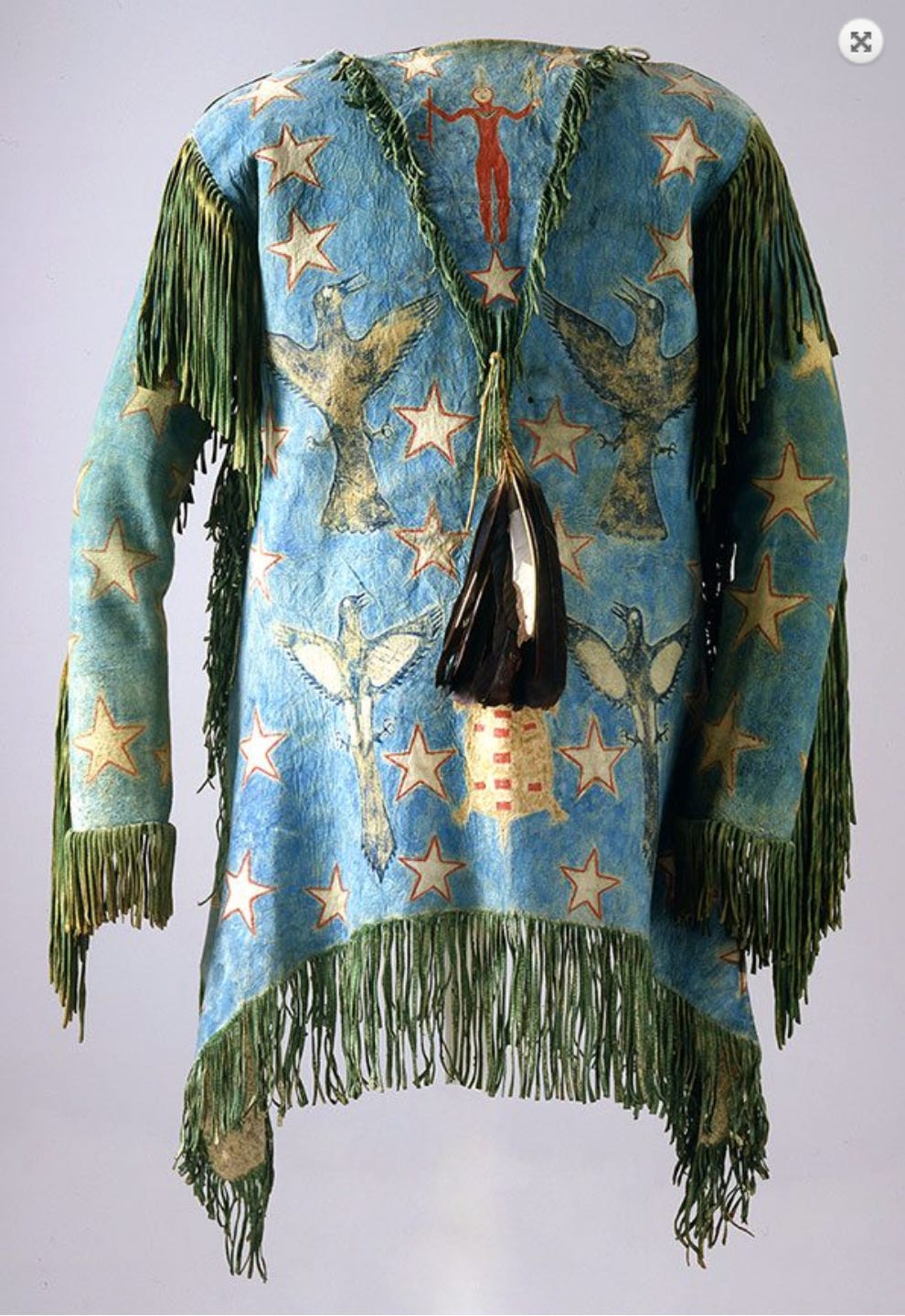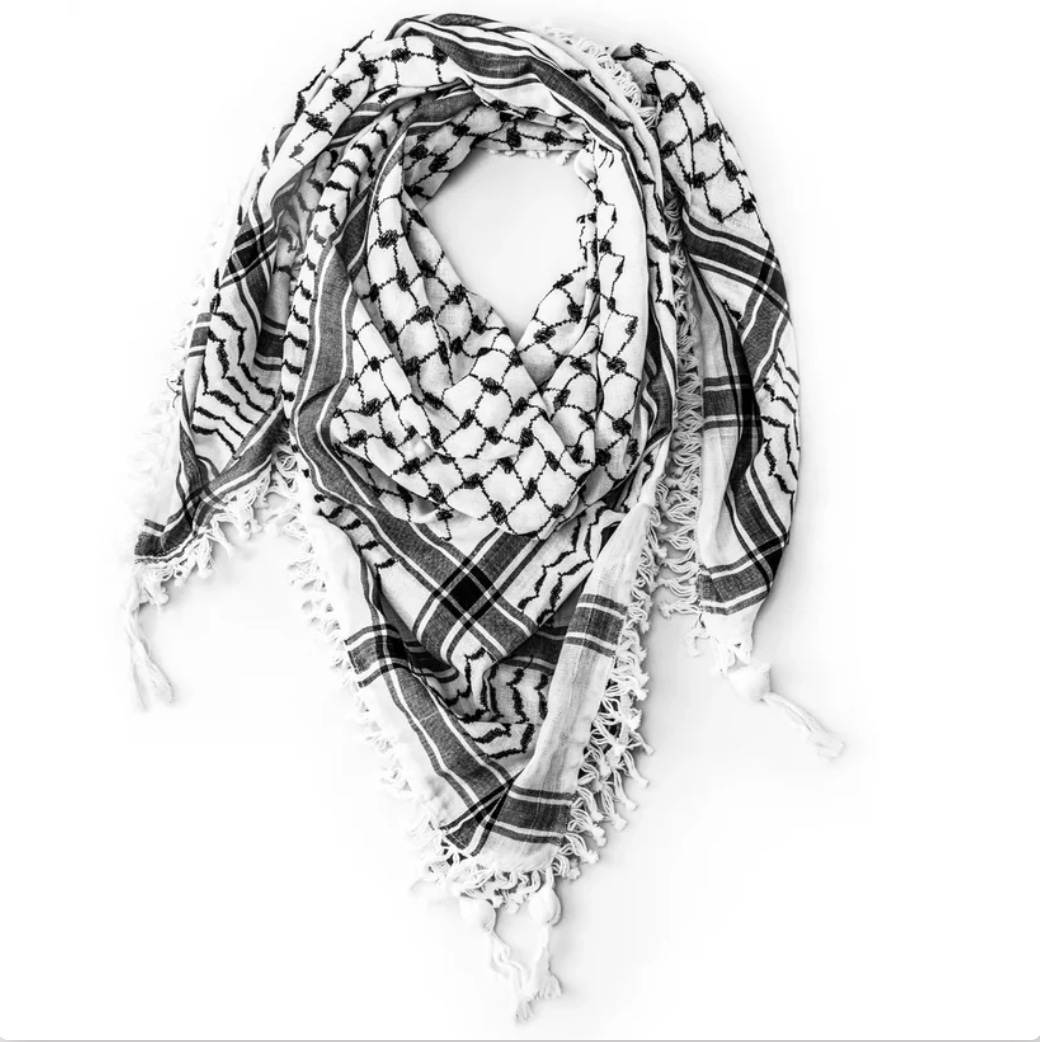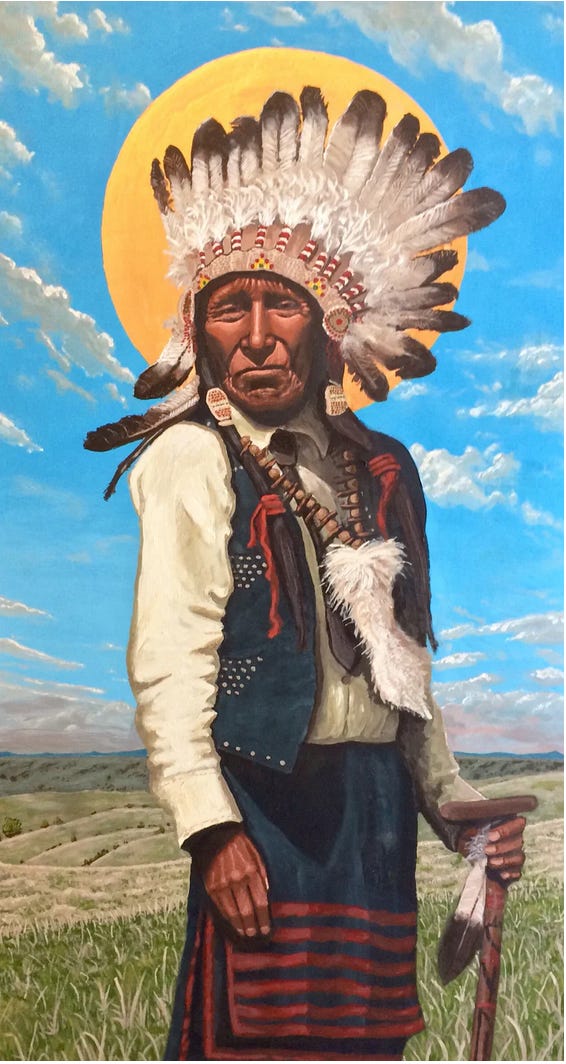Before we get started, just wanted to acknowledge that Notes from a Neighbor turned two years old on Nov 14th. Thanks for being here with me!
Back in August, I shared that in addition to starting a new job, I was also starting a two-year certificate program in Spiritual Direction for Social Transformation (SDST). I’m skipping the month-end Brain Dump to share what I learned in the program today.
I didn’t have a specific agenda with the certificate, but I did want to pause and devote more time to systematic, structured learning so that:
I can better flesh out the message I want to communicate on Notes from a Neighbor.
I can better contribute to a shift in our thinking about what well-being actually is.
I am better equipped to convince others that community (not the cute Instagram quote kind) is medicine.
The first semester was great and did move me closer to those learning goals! I loved studying with The Center for
(CPI). My student cohort was full of interesting, kind, passionate people. The courses were very engaging, and our professors were deeply knowledgeable guides who asked us challenging questions that I craved.Sadly, CPI had some unforeseen challenges this fall, and our cohort was suspended indefinitely at the end of the semester. Despite the news that I won’t be continuing the program now, the positive learning experience left me with something to share with you all.
Disrupting A Pattern
I’ve long felt that studying history should not be approached as a memorization process, studiously adding dates and names to the file drawers in our minds, but instead should be taught as an exercise in pattern recognition. I’ve mentioned it a few times on Notes from a Neighbor, like in this post about appeasement as a strategy to avoid conflict that will fail our LGBTQ+ neighbors and ultimately harm others, too, or in this post about things I got wrong in my anti-racism journey.
After all, why study history if you don’t intend to learn from it, using your knowledge to avoid repeating the mistakes of prior generations? If we can recognize a pattern, we can disrupt that pattern.
In both my courses this fall, Contemplative Psychology & Spirituality and Engaging the Christian Mystics, we were asked to do final live presentations on historical figures who were part of Contemplative or Mystical movements. I chose to do my presentations on North American Indigenous leaders, Black Elk of the Oglala Lakota, and Geronimo of the Chiricahua Apache. What I learned in preparing my presentations further increased my confidence that history is an exercise in pattern recognition.
From Ghost Shirts to Keffiyehs
Unfortunately, the ongoing genocide of the Palestinian people, particularly in Gaza, has provided a clear modern-day example of the same colonization patterns that Black Elk and Geronimo experienced in the mid to late 19th century during the formation of the so-called United States. Fortunately, it’s nearly impossible not to see the pattern for what it is, and it has made it easier for me to discern the path I am personally taking to help disrupt it as much as possible.
For example, as I was learning about Black Elk for my presentation, I read about how, during a Ghost Dance ritual, he had a vision in which two men told him it was not yet time to see his father and that he must return to his people and bring them something—what he saw painted on the men's holy shirts.

After the vision, Black Elk immediately made Ghost Dance shirts for members of the tribe mirroring what he had seen in his vision. These unique decorative shirts evoked spirits of Nature and of the tribe’s fallen dead. The meaning of the symbols and the natural materials used in decorating the shirts were meant to embody supernatural powers and were considered sacred. The Ghost Dance and the clothing worn were a last gasp of hope against the annihilation Native Americans and their cultures faced.
However, the white colonizers, especially of the US Army, found the ritual and the clothing extremely threatening. Although the movement was peaceful, and the clothing was meant to allow the wearer to feel secure and connected to a sense of life-sustaining hope, colonizers interpreted them through a lens of aggression and hostility. Their response was to attempt to outlaw both the ritual and the clothing and eventually to react with violence. The Wounded Knee Massacre was a direct result.
This exact pattern can be seen today, with Zionists (anti-Zionism is not antisemitism) expressing fear and outrage at those who wear the keffiyeh, a scarf with culturally important Palestinian symbology, and/or who participate in Palestinian cultural practices. There is even a famous video of young Gazans, under Israeli sniper fire and tear gas, dancing the traditional Dabke (Palestinian-style dance) while wearing keffiyehs during the 2018 Great March of Return, an attempt to peacefully protest near the border with Israel for their right to re-occupy their lands.

I have witnessed this pattern of fear and hostility firsthand, regarding clothing. In early February, I attended a county council meeting on adopting a ceasefire resolution in my county. When asked by police officers to line up to enter the council chambers, there was pushing, jostling, and yelling behind me. When I turned around, there was an older white woman who had come to protest any adoption of pro-ceasefire language, pushing her way through the lines and bumping against me. She was screaming in a high-pitched tone, “I am surrounded by Palestinians, I am surrounded! You must let me through! I can’t be near them!”
She was screaming about several young women in headscarves and wearing keffiyehs around their shoulders. The young women stood quietly and respectfully in line despite the woman pushing and screaming at them, declaring that she felt unsafe even being near them. I had to physically place my body between the woman and the young women in keffiyehs and shout that she must calm down so we could enter the chambers in an orderly fashion, as the police were directing, before she would stop.
Like what I witnessed in February, here's a video of a woman having a similar, illogical, and aggressive reaction in a restaurant toward a pregnant woman and her husband for wearing Palestinian sweatshirts. This woman was later charged with a hate crime.
“Safe Zones” and Food Access
There are also repeated patterns in Geronimo's experience. For example, he and his tribe are continually lied to about the safety and conditions of places they are forcefully moved to (ethnic cleansing). Something we have watched over and over through “evacuation orders” issued by the occupation forces in Israel to the people of Gaza. But each “evacuation” has led people into an even more tightly restricted area where they are bombed. No promised safe zone is found.
Geronimo and his tribe also find themselves in a situation initially with Mexican government forces and later with US government forces, where access to particular food, education, right of movement, and spiritual or social practices (really all facets of life) are all dictated by the outside occupying force. This is the same pattern that Palestinians are enduring, most stridently in Gaza.
A Story We Can Impact
Studying these figures and their lives further encourages me that truly excavating history helps us better understand our roots and orientation to an unfolding story. A story we can impact.
More crucially, viewing history as pattern recognition could allow us to break free from the most harmful patterns. This shift might help us adopt a socio-spiritual approach that fosters happier, healthier, and more fulfilling lives for ourselves and our communities. Maybe we could finally experience genuine well-being. Together.
What is a harmful historical pattern you’ve recently recognized? What brought your attention to it? How could you contribute to disrupting it?
Neighbors, I understand that “subscription fatigue” is real, but if you appreciated the notes here over the last two years, you can show your support with “Buy Me A Coffee.” Click the button!



A new friend of mine, Professor of Genocide and holocaust studies at Brown, Omer Bartov, wrote a letter to the then minister of Defense and future PM. As of now, he has written a zillion books and edited many more books and articles. He wrote an incredible book last year called "genocide, the holocaust and israel palestine: first person history in times of crisis"... this came out before october.
In his letter to the ministry of defense, as a young historian and former member of the IDF, he saw disturbing patterns in israeli society that mirrored nazi society, especially the segregation and dehumanization of palestinians, along with the erasure of their history. His letter was simple, he was concerned that the I d f was beginning to emulate the nazis.
The ministry of defense actually wrote back to the young phd, simply saying, how dare you compare us to the nazis?
What we're seeing today?As you mentioned is nothing new, it is simply another demonstration of a pattern of dehumanization.
Thank you for your article, excellent as always.
As always, thank you for letting me be part of your learning journey. I always learn so much from you a long the way.